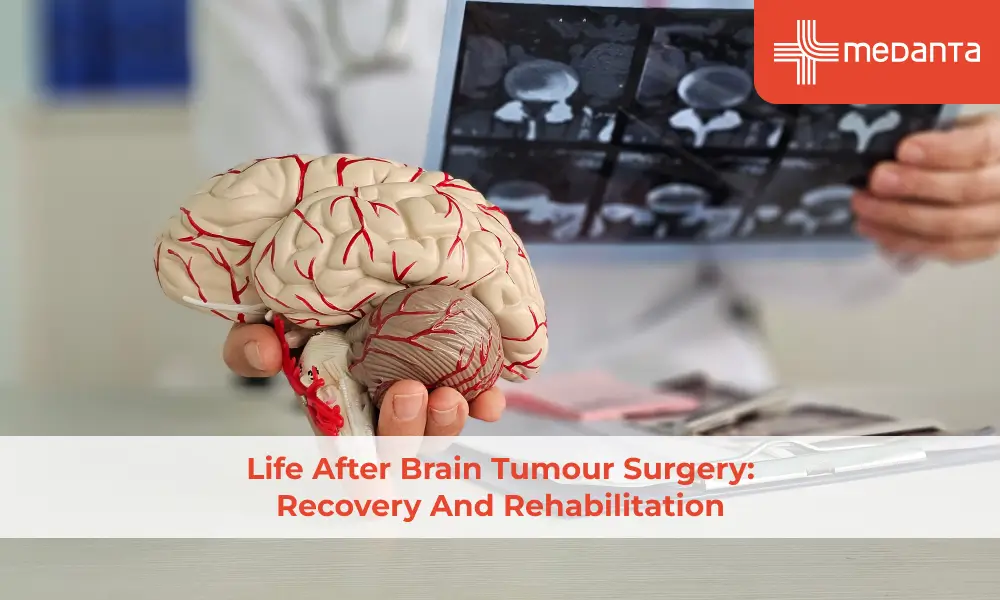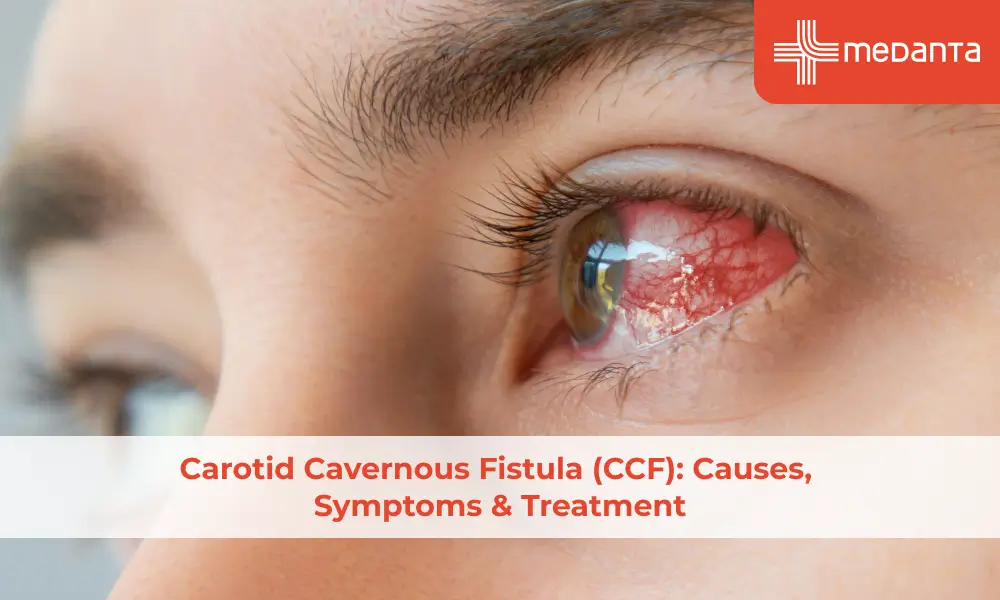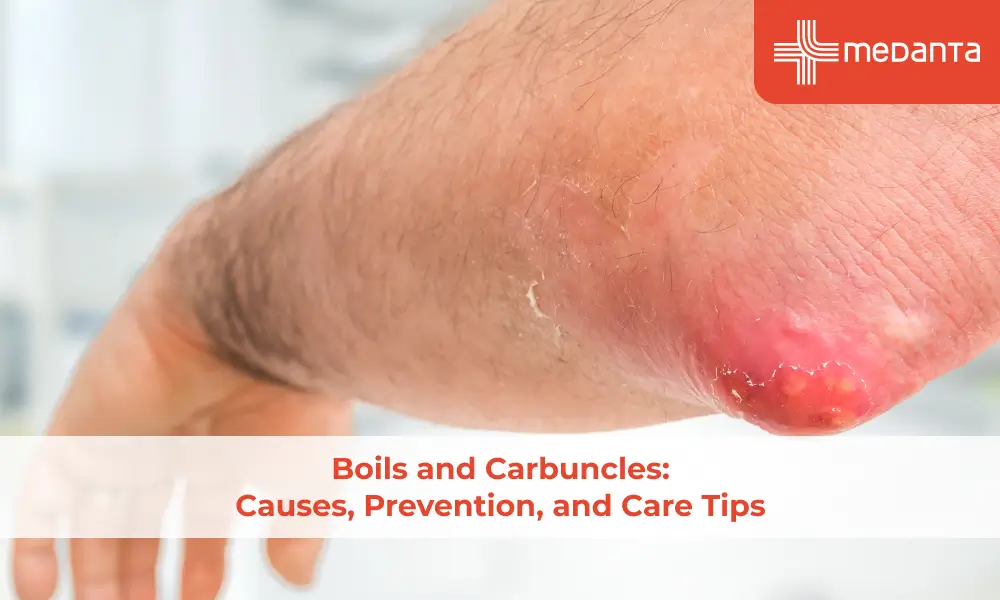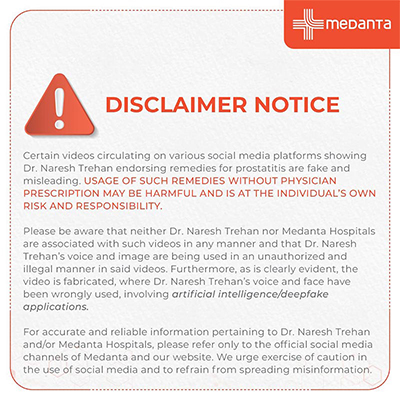How to Treat Bleeding Varicose Veins at Home

TABLE OF CONTENTS
Bleeding varicose veins need quick action and proper home treatment to avoid dangerous complications. These swollen, twisted veins don't just affect a few people—they're a real health concern that impacts 73% of women and 56% of men worldwide. Most people think varicose veins just look bad or cause discomfort. However, they can cause dangerous bleeding, particularly if the skin gets thin or develops ulcers.
Blood from varicose veins looks dark red and flows steadily instead of spurting because venous pressure stays low. This might seem less scary, but it's still a serious situation. People can lose a lot of blood from these spontaneous bleeds. In rare cases, patients have died from circulatory collapse. Your risk goes up with age, genetic factors, excess weight and lots of time spent standing. That's why everyone with varicose veins should know the right steps to stop bleeding at home. This article covers the quickest ways to treat bleeding, simple home solutions, and signs that tell you it's time to get emergency medical help.
Understanding the Risks of Bleeding Varicose Veins
Varicose vein bleeding is a serious complication that affects many people with chronic venous disease.
Blood can escape from varicose veins in two ways. You might see external bleeding when the skin covering a varicose vein breaks open. The blood looks dark red and flows steadily instead of spurting because veins have lower pressure than arteries. Internal bleeding happens when blood seeps into nearby tissues, which leads to bruising and swelling under your skin.
Your risk of experiencing a bleeding episode goes up substantially with these factors:
Being older and living alone or with few family members
Having conditions like high blood pressure, heart failure, or previous blood clots
Taking aspirin, blood thinners, or psychotropic medications
Showing skin changes from advanced venous disease
Carrying extra body weight
Sitting or standing for long periods
Having family members with varicose veins
Most bleeding episodes happen while people stand, especially during or after hot showers, because heat makes blood vessels expand. Simple accidents can cause major bleeding - like bumping into furniture, shaving your legs, or getting scratched by a pet.
You should watch for warning signs like thin, delicate skin over veins and small bubble-like "blebs" on your lower leg or foot. These visible clues mean you should see a doctor immediately because the vein might rupture on its own.
Untreated varicose vein bleeding can cause too much blood loss, blood clots, ulcers near the bleeding site, and infections in open wounds. The worst cases can lead to hypovolemic shock—a life-threatening emergency that needs immediate medical care.
The danger becomes especially serious if you are elderly and live alone. Without someone to help raise your leg and put pressure on the bleeding spot, a minor bleed can turn into an emergency faster than you might expect.
How to Stop Varicose Veins Bleeding at Home
When varicose veins rupture, quick action can prevent much blood loss. You need immediate first aid to manage this dangerous situation at home before medical help arrives.
Step-by-step first aid for bleeding varicose veins:
Lie down and lift your leg: Get on your back and raise the affected leg above heart level. This slows the bleeding by reducing blood flow to the area.
Apply direct pressure: Press firmly on the bleeding site with a clean cloth, bandage, or gauze pad. Hold steady pressure for at least 10 minutes.
Secure with compression: After the bleeding slows, wrap the area with a medical bandage or clean cloth strips. Make it tight enough to maintain pressure without cutting off circulation.
Keep the bandage in place: Leave the bandage on until you get medical attention to prevent renewed bleeding.
Call for emergency help: Get emergency services or your doctor's help right away, especially if you have heavy bleeding that won't stop.
To handle internal bleeding (which shows as bruising under the skin), lift the affected area and wait for medical help. Don't try home remedies for internal bleeding.
Important warnings:
Don't put ointments on a bleeding varicose vein. It also helps to avoid tourniquets above the bleeding site because they increase blood loss and can be deadly.
Stay calm throughout this process. Deep, slow breaths help you think clearly and make wise choices. Getting someone's help is ideal because managing this alone can be tough, especially when you have mobility issues.
Note that these first aid steps only temporarily control bleeding. You need professional medical care. Bleeding varicose veins usually need sutures to stop them from bleeding again and might need complete treatment.
Natural Remedies and Lifestyle Changes for Long-term Care
Long-term care of varicose veins needs lifestyle changes and natural treatments. These changes help prevent bleeding and improve the health of your veins.
Leg elevation is a vital part of varicose vein care. You should raise your legs above your heart's level for 15 minutes, three to four times daily. This helps reduce swelling and ease symptoms. Blood flows back to your heart better with gravity's help. Here's what works best:
Place your legs on pillows while lying down
Flex your legs now and then during long periods of sitting or standing
Think about raising your bed's foot by six inches
Compression therapy helps prevent varicose vein bleeding. Medical-grade compression stockings put graduated pressure on your legs. The pressure is stronger at the ankles and gets lighter as it goes up. Wear these stockings during the day, but take them off before bed. Research shows these stockings reduce pain, swelling and discomfort from varicose veins.
Your diet choices make a big difference to your vein health. These foods help your veins:
Berries - packed with antioxidants and vitamin C, help reduce inflammation
Leafy greens with vitamins A, C, and K to keep blood vessels strong
Fatty fish with omega-3 fatty acids that curb inflammation
Foods rich in potassium, like bananas, grapefruit and spinach
Proper hydration matters because water makes up much of your blood. Drinking enough fluids will give a smooth blood flow through veins, reducing your risk of clots and swelling.
About clothing and footwear, high heels can harm your muscle pump function and increase pressure in the veins. Tight clothes around your waist, legs or groin can also restrict blood flow.
Herbal remedies show promising results. The largest longitudinal study found that horse chestnut extract and compression therapy worked. It reduced swelling and leg volume. Witch hazel is another helpful herb that strengthens blood vessels with its astringent properties.
A mix of these approaches creates a detailed plan to manage varicose veins and prevent bleeding over time.
Conclusion
Bleeding varicose veins require immediate action and proper care to prevent serious complications. This condition affects millions of individuals worldwide and can cause dangerous bleeding episodes. Everyone with varicose veins should learn these emergency steps.
Long-term management is just as crucial. Lifestyle changes—leg elevation, compression stockings, and proper diet choices—help prevent future bleeding. Simple habits like staying hydrated and wearing loose clothing significantly improve your vein's health.
Many people see varicose veins as just a cosmetic issue, but they can pose serious health risks. Anyone with symptoms should consult their doctor about treatment options. Early treatment reduces complications and improves quality of life. These emergency techniques also give you peace of mind if unexpected bleeding occurs.
A mix of emergency preparedness and consistent preventive care gives you the best protection against varicose vein complications.
FAQs
What are the immediate steps to take when a varicose vein starts bleeding?
Lie down, elevate your leg above heart level, apply firm pressure with a clean cloth for at least 10 minutes, and seek medical help immediately, especially if bleeding persists.
How can I prevent varicose vein bleeding in the long term?
Regularly elevate your legs, wear compression stockings, maintain a healthy diet rich in berries and leafy greens, stay hydrated, and avoid tight clothing and high heels.
Are there any natural remedies that can help manage varicose veins?
Horse chestnut extract and witch hazel have shown promise in managing varicose veins. Horse chestnut extract can be as effective as compression therapy in reducing swelling, while witch hazel helps strengthen blood vessels.
Who is at higher risk for varicose vein bleeding?
Elderly individuals, those with hypertension or heart failure, people taking anticoagulants, those with advanced chronic venous disease, and individuals who are obese or have a family history of varicose veins are at higher risk.
When should I seek urgent medical care for varicose vein bleeding?
Seek urgent medical intervention if the bleeding is heavy, doesn't stop after applying pressure for 10 minutes, or if you notice signs of internal bleeding, such as significant bruising or swelling beneath the skin.






